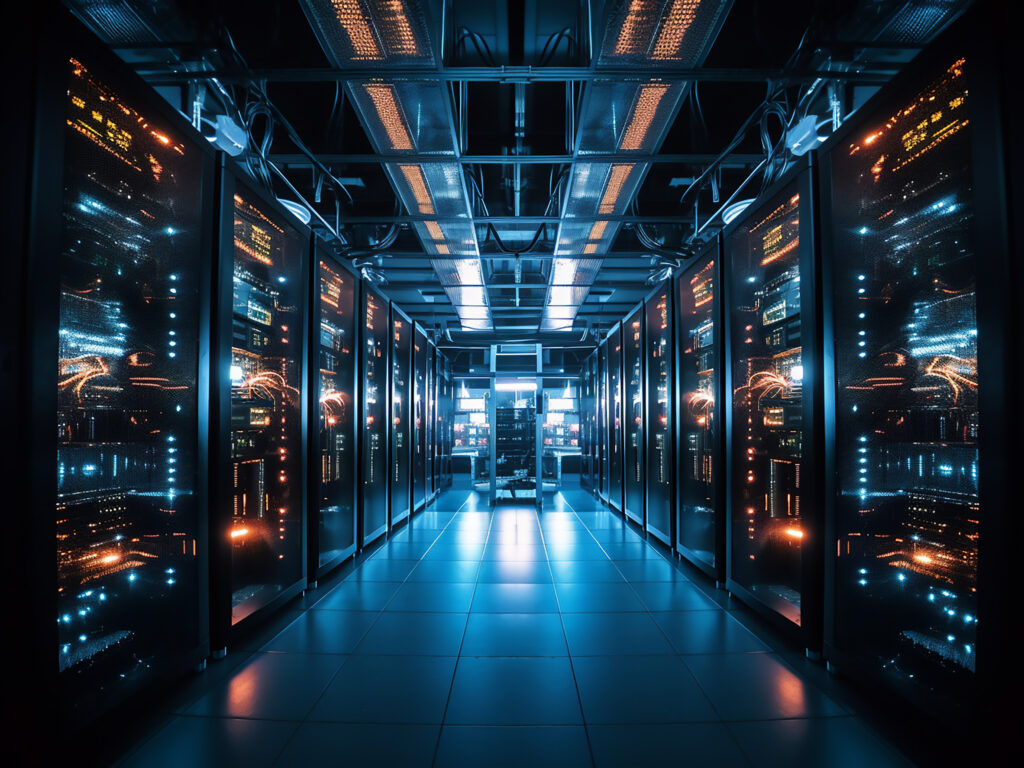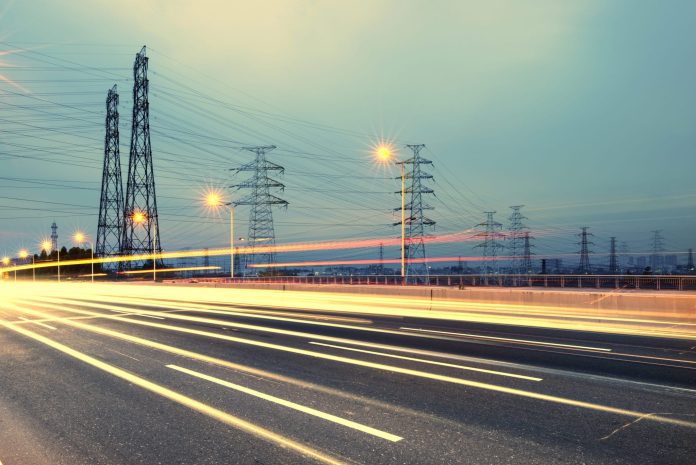New report from Deloitte highlights the major challenges facing expansion of data center and power infrastructure
The power needs for data centers, particularly those designed for artificial intelligence computing, are expected to grow rapidly—and it’s already a major bottleneck for data center build-outs.
A new report from Deloitte estimates that by 2035, the power demand from AI data centers in the United States alone could skyrocket from 4 gigawatts in 2024 to 123 gigawatts, a more than thirtyfold increase. That’s largely due to the intense power usage of AI data centers. While the largest data centers for each of the top three hyperscalers currently draw less than 500 megawatts of power, the largest data centers that they have in their planned pipelines are expected to require as much as 2,000 megawatts or two gigawatts. And there are 50,000-acre data center campuses envisioned that could draw as much as five gigawatts of power—the equivalent of powering five million homes.

Already, some of the areas where data center growth is exploding have had trouble dealing with the escalating power loads, with local grids experiencing unusual power dynamics related to data centers.
Meanwhile, the Deloitte report also found that in areas where data centers are booming, power costs are rising for homeowners. In the past year, residential power prices rose faster than the national average in eight out of the nine top data center markets. “In theory, growth in electricity demand and an expansion in the system could spread the cost of grid investment across more customers, putting downward pressure on rates. However, the scale of the upfront grid investments required to interconnect AI data center loads has pushed some of the cost burden onto residential customers,” the report said.
Power company and data center executives are worried as well. The Deloitte report was based in part on an April 2025 survey of 120 U.S.-based leaders at power companies and data centers, evenly split between the two verticals. Executives were asked about the top challenges for data center infrastructure development—and power grid stress was their top concern, with 72% saying that power grid and capacity was very or extremely challenging to AI infrastructure expansion.
In particular, the report highlighted several aspects of the power growing pains for AI data centers.
–Peak demand is spiking, but power generation capabilities aren’t keeping up. Coal and gas-powered generation sources are being retired, but renewable energy projects aren’t being deployed fast enough to keep up.
-That’s in part because of price and supply chain constraints on renewable energy project components such as solar panels, which are seeing “sharp increases in demand.” But there are also supply chain disruptions and cost increases on other items—Deloitte cited steel, aluminum, copper, timber and cement in particular—which are not only important for data center construction, but construction of power generation and transmission infrastructure. Costs on those construction materials have already gone up 40% in the past five years, according to the report.
-The supply chain constraints contribute to long build-out timelines for the grid—but there are other factors that push out the timelines, too. In fact, it often takes longer to connect to power than it does to build a data center. A physical data center can be built in a year or two, but in some places, the wait-time to be connected to the local grid is seven years. Permitting processes can be “long and unpredictable,” the report noted, and more projects are being contested by residents as well, which also impacts project timelines.
–Workforce issues complicate companies’ ability to actually execute on plans for power and data center infrastructure expansion. Executives responding to Deloitte’s survey also cited a lack of skilled workers as one of the major challenges to data center and energy expansion. Among data center respondents, the lack of skilled workers was the top workforce challenge for 63% of respondents. Power companies executives cited high turnover rates among employees as the second-greatest hurdle for expansion to support data centers.
Deloitte painted a dire picture of the consequences of not dealing with these issues, which the report said “could jeopardize US economic and geopolitical leadership.
“Indeed, staking an infrastructural lead in powering AI may now be a matter of competitiveness and even national security,” the authors added.
Read more details, and some suggestions on addressing the power challenges of AI data centers, in the report from Deloitte.

